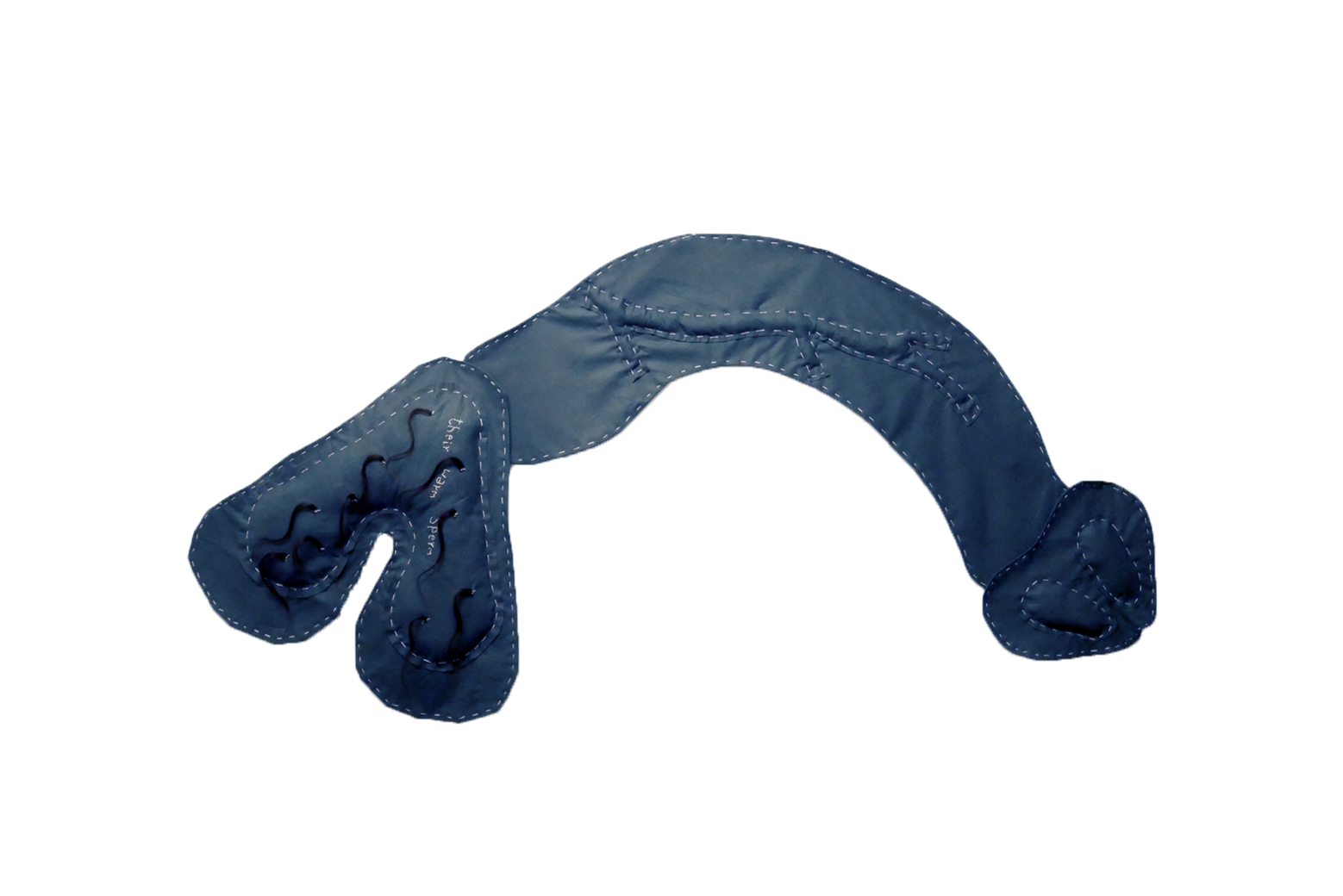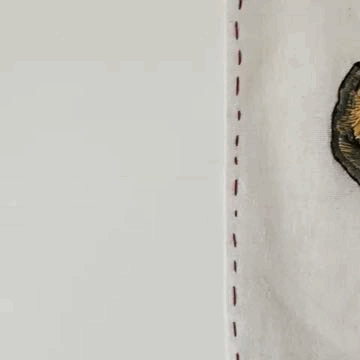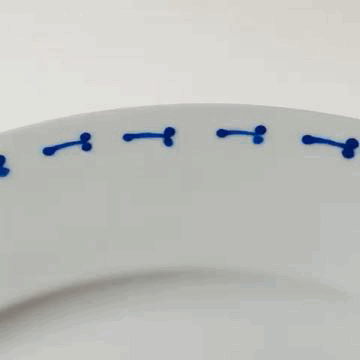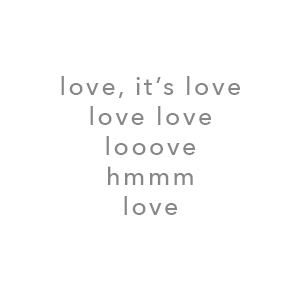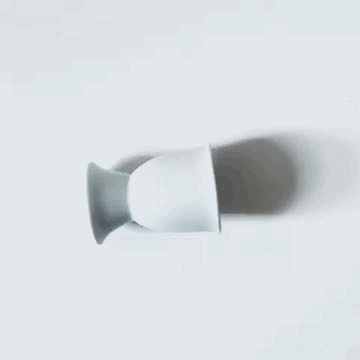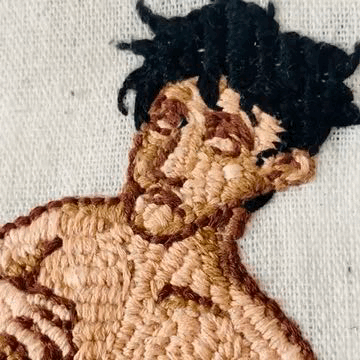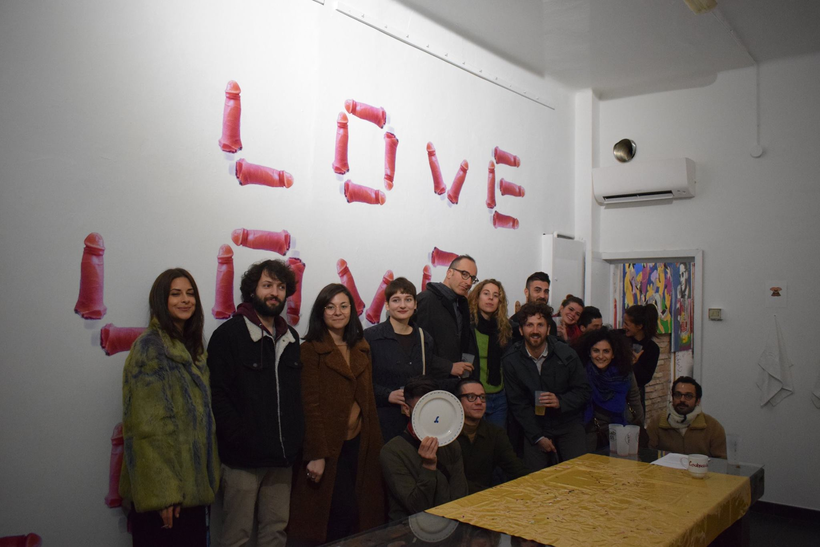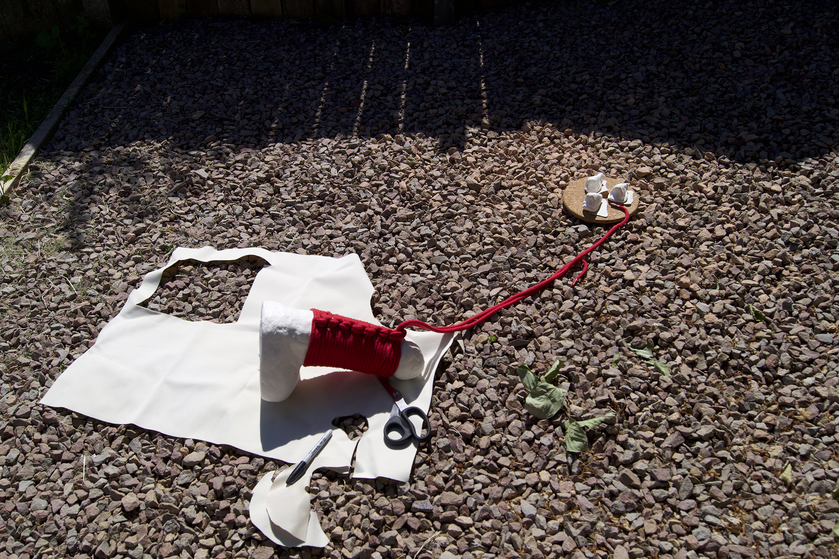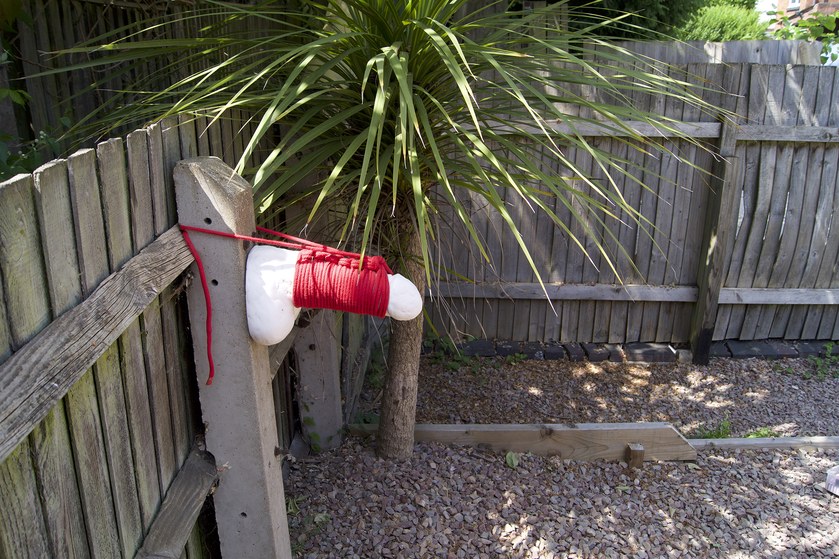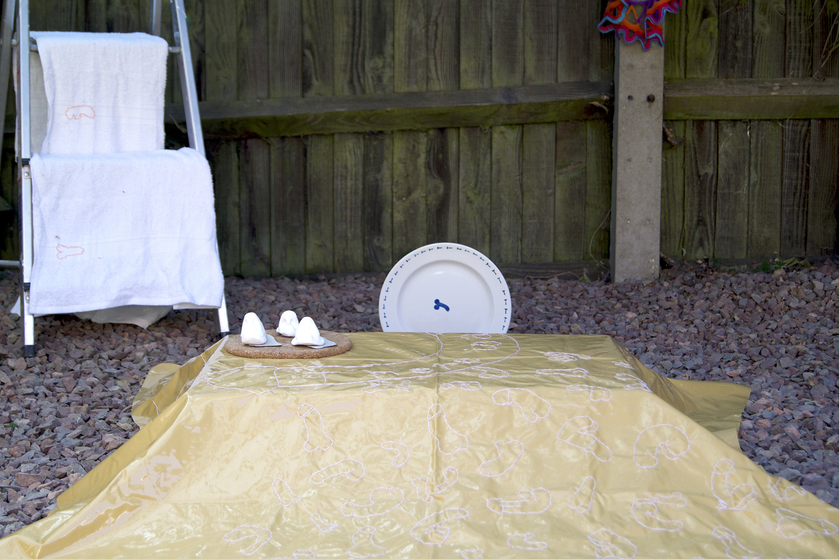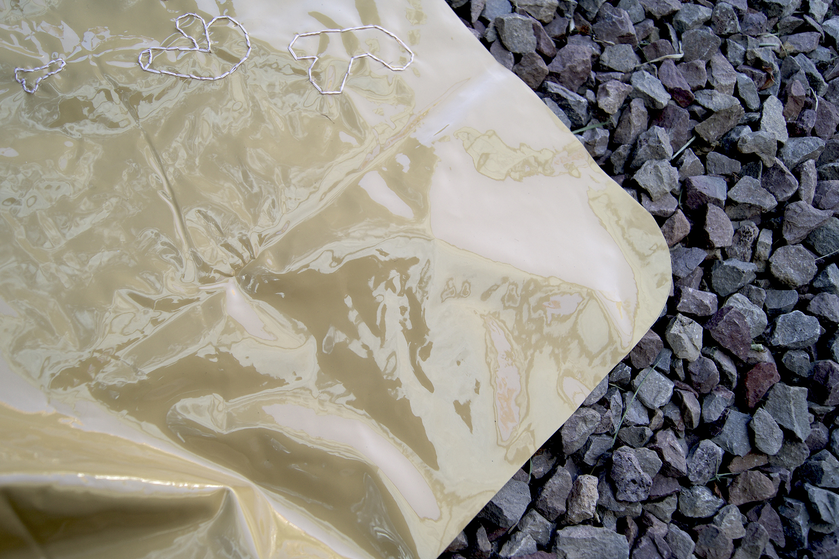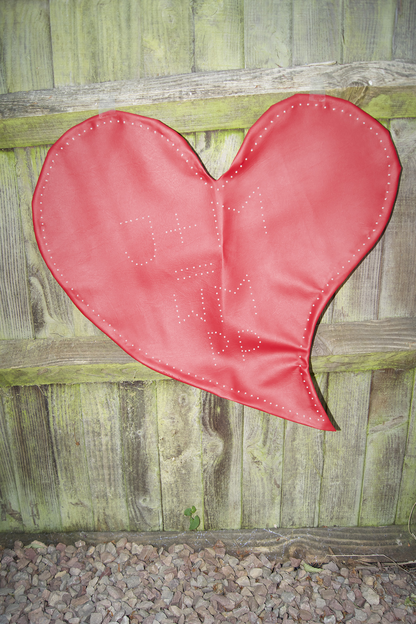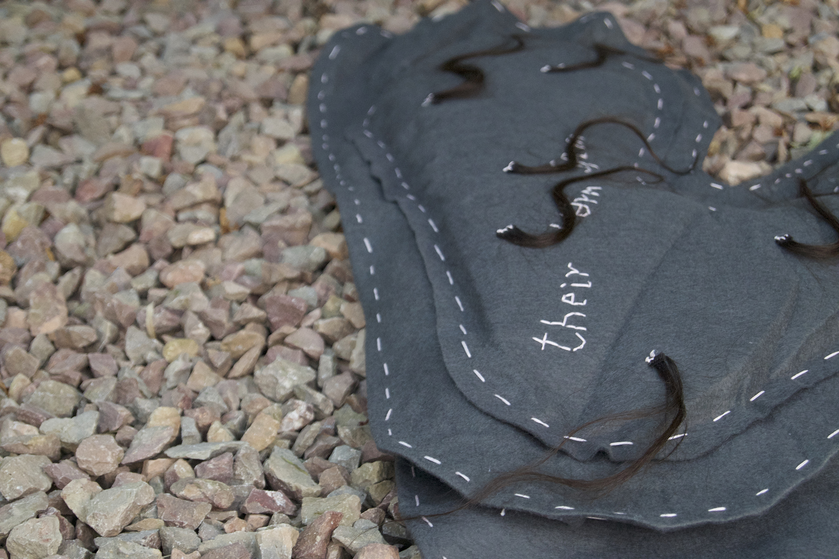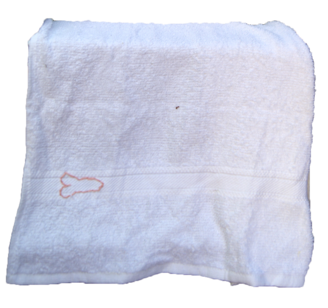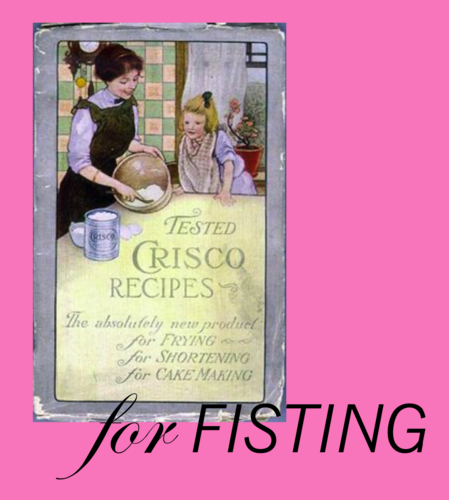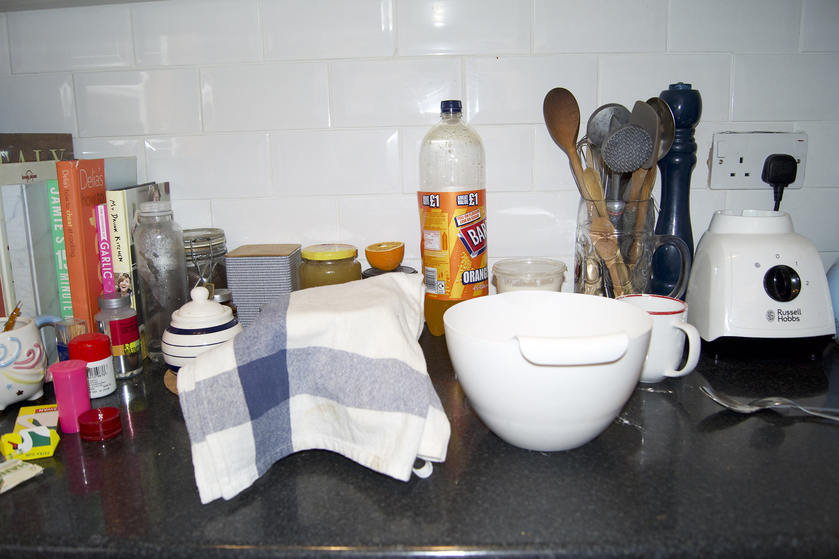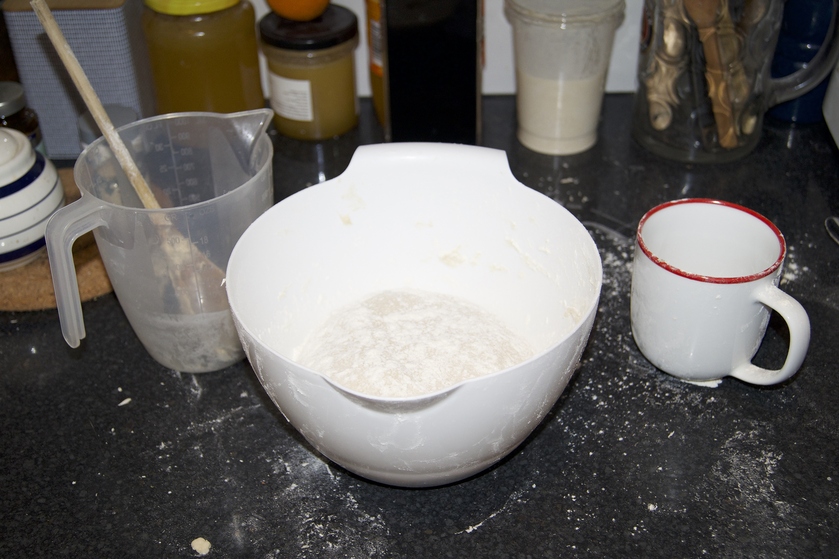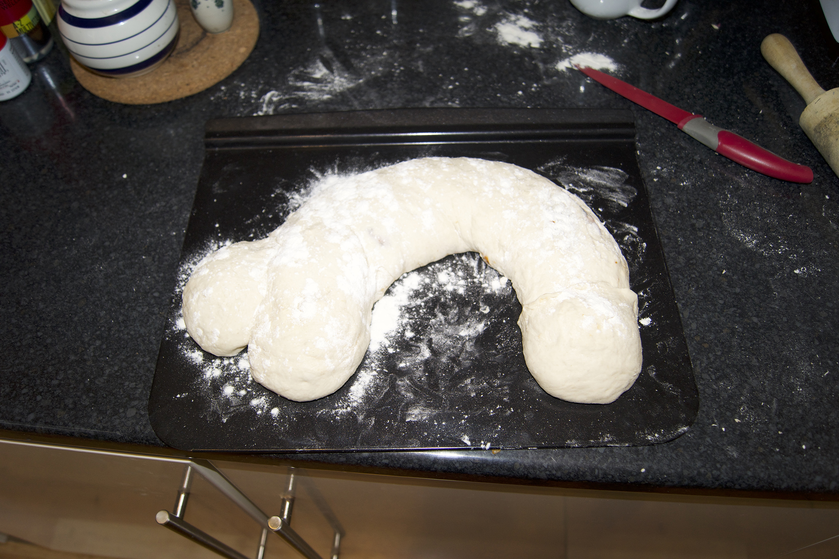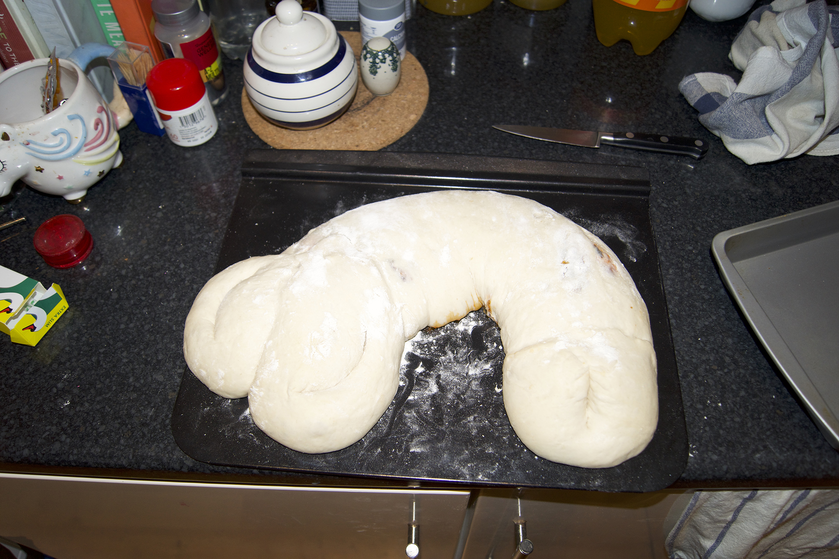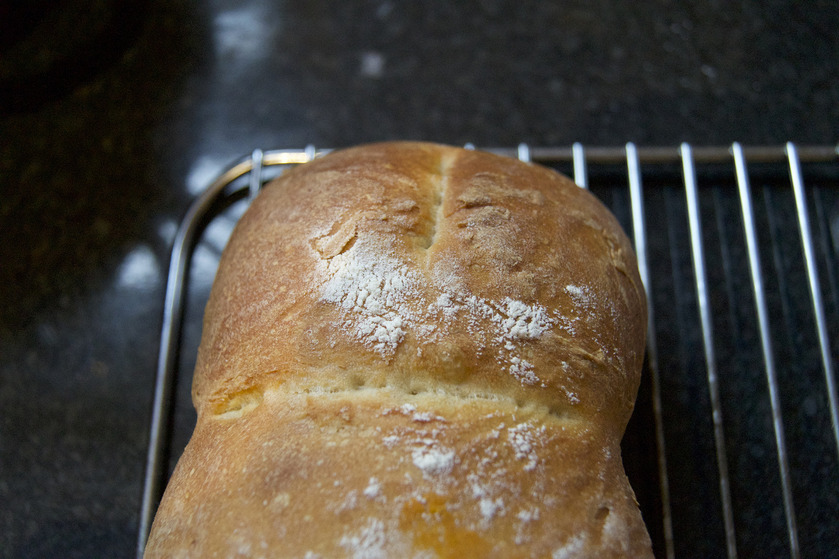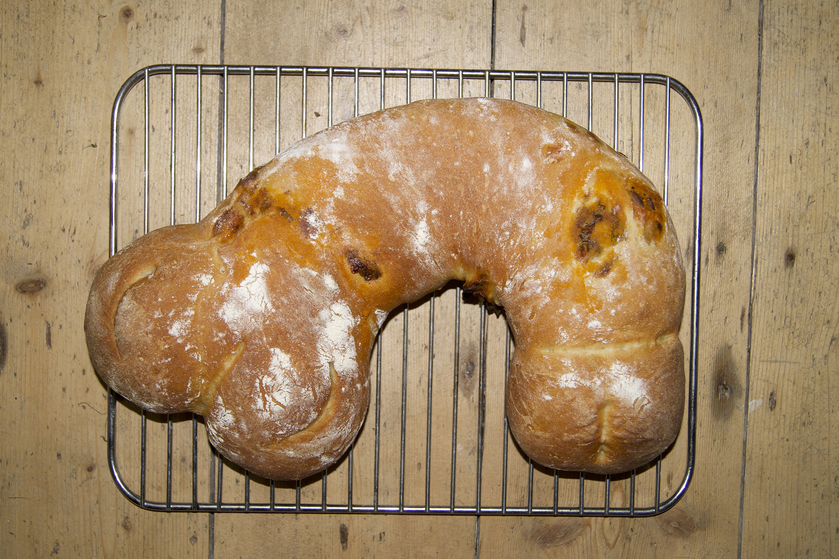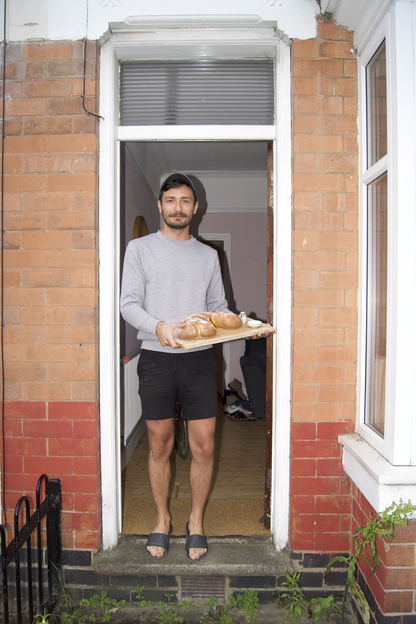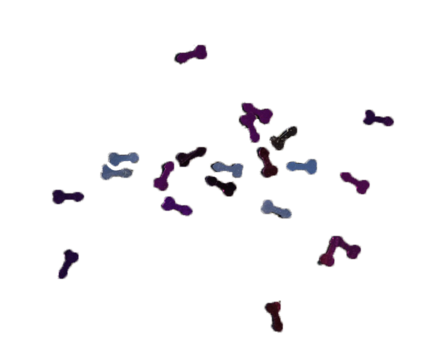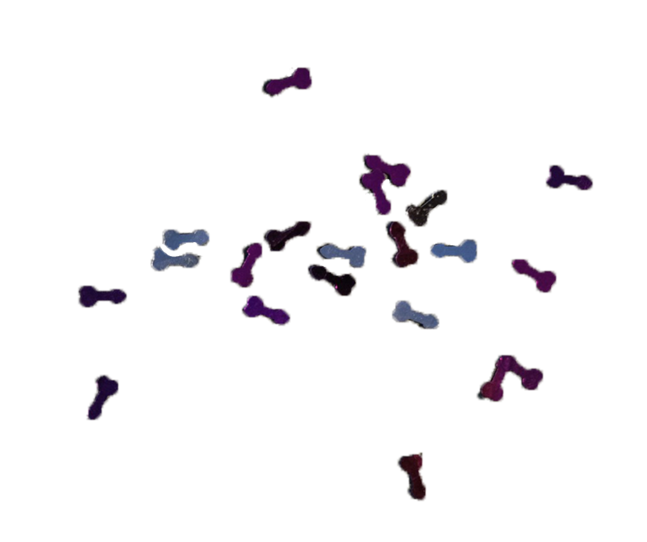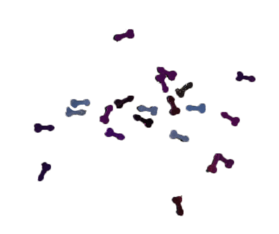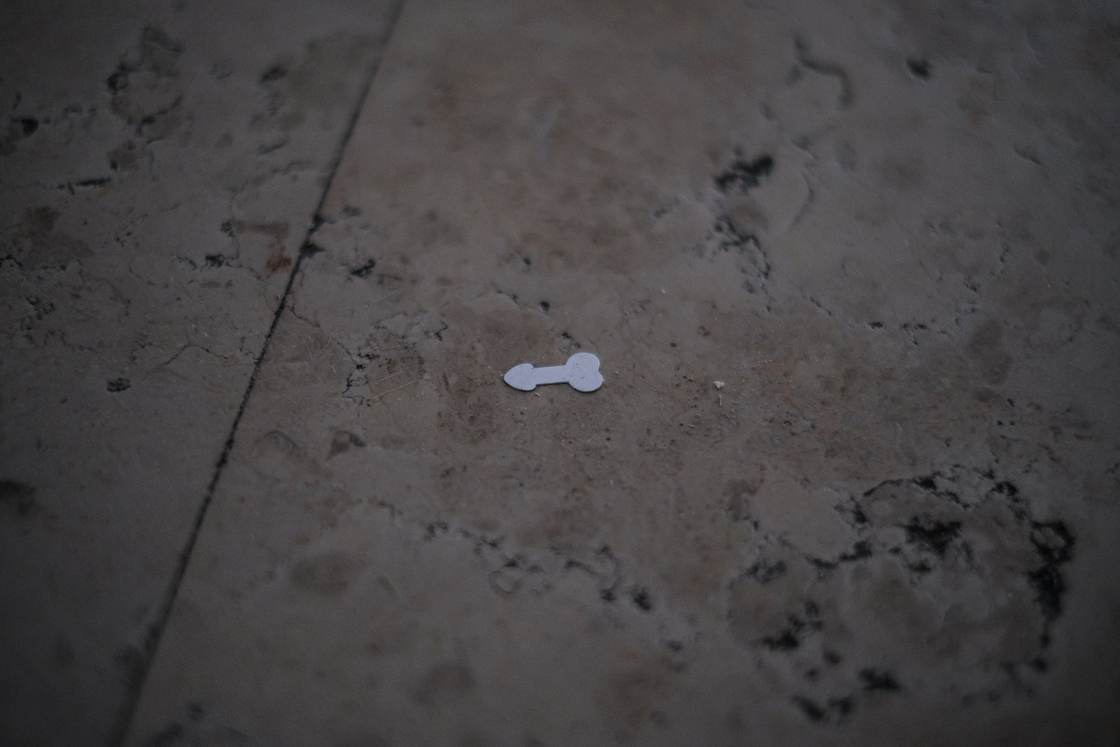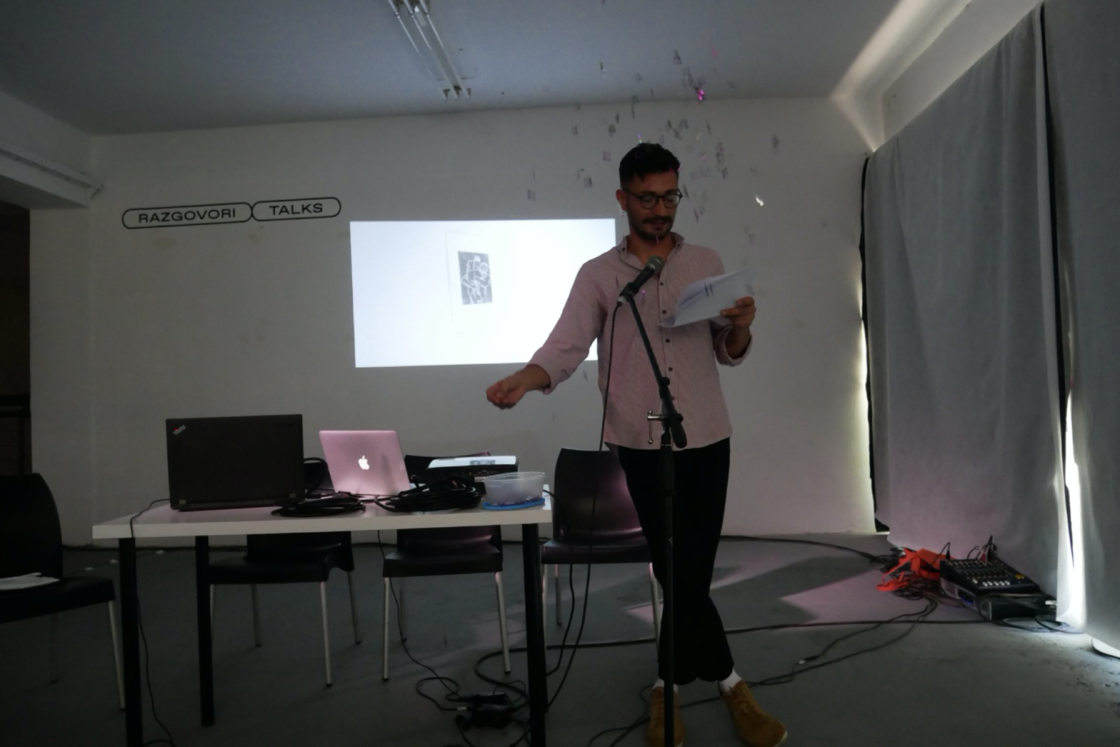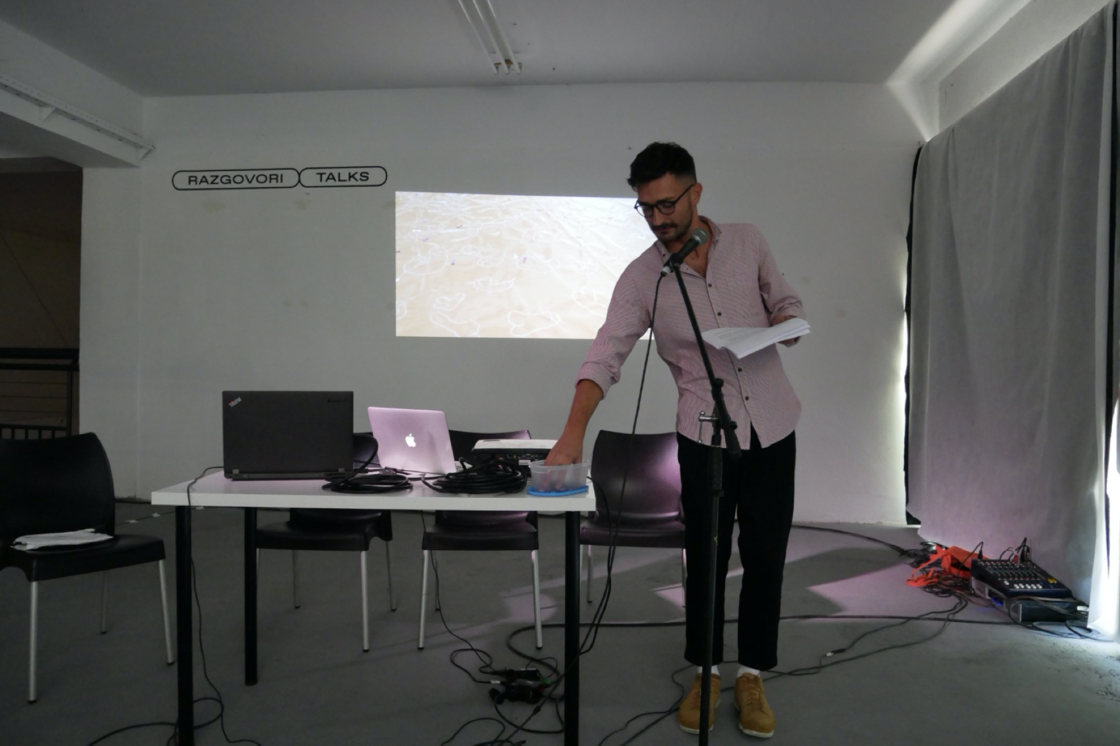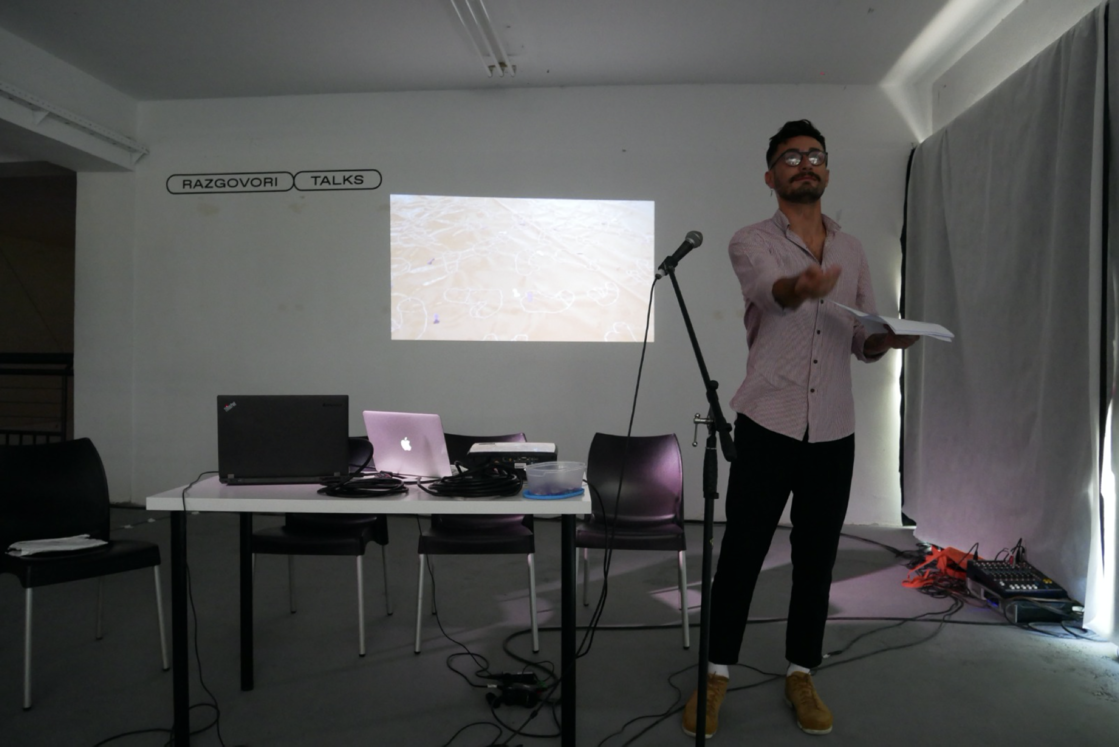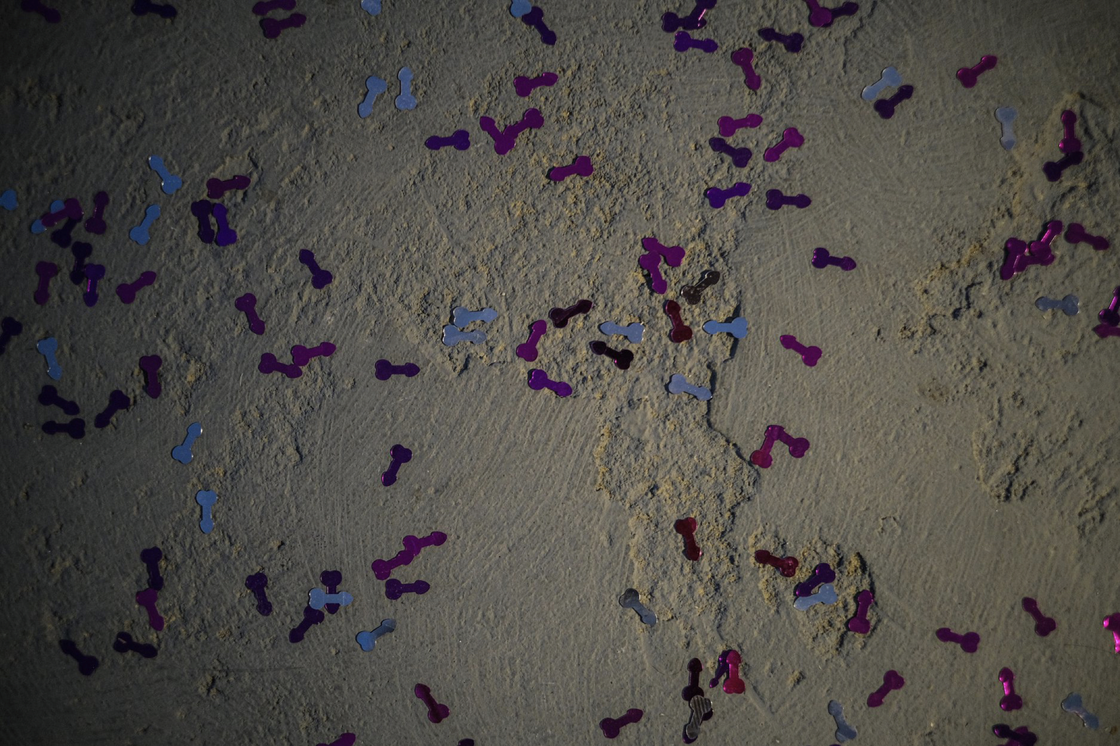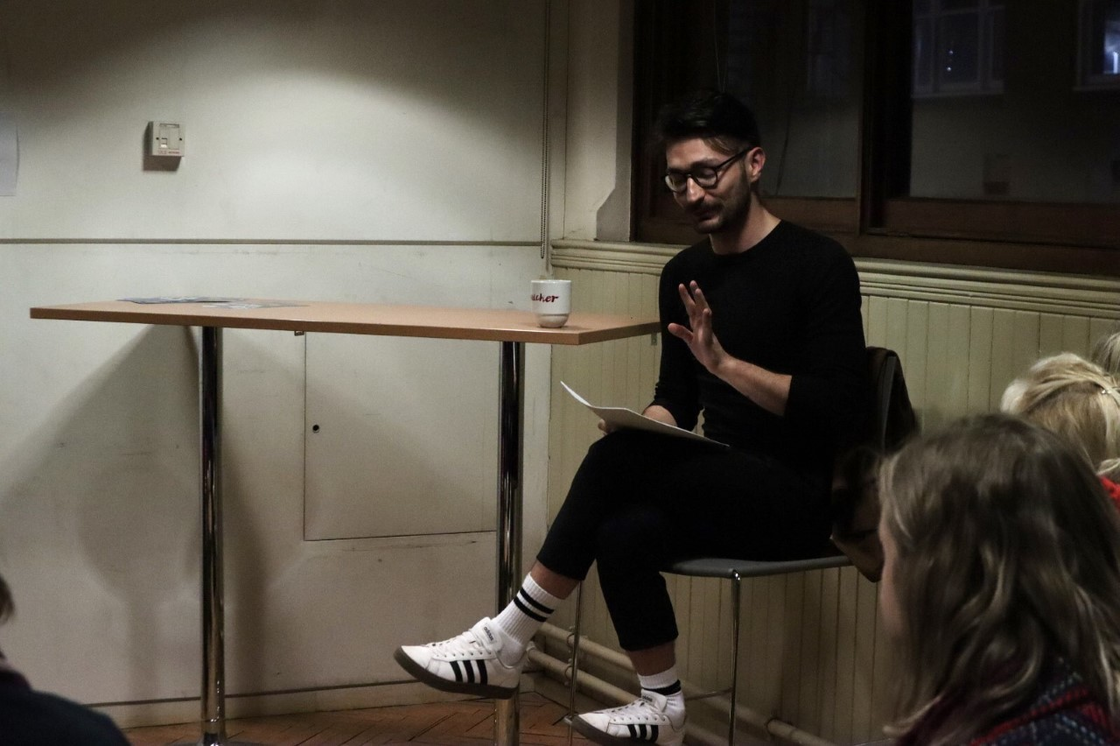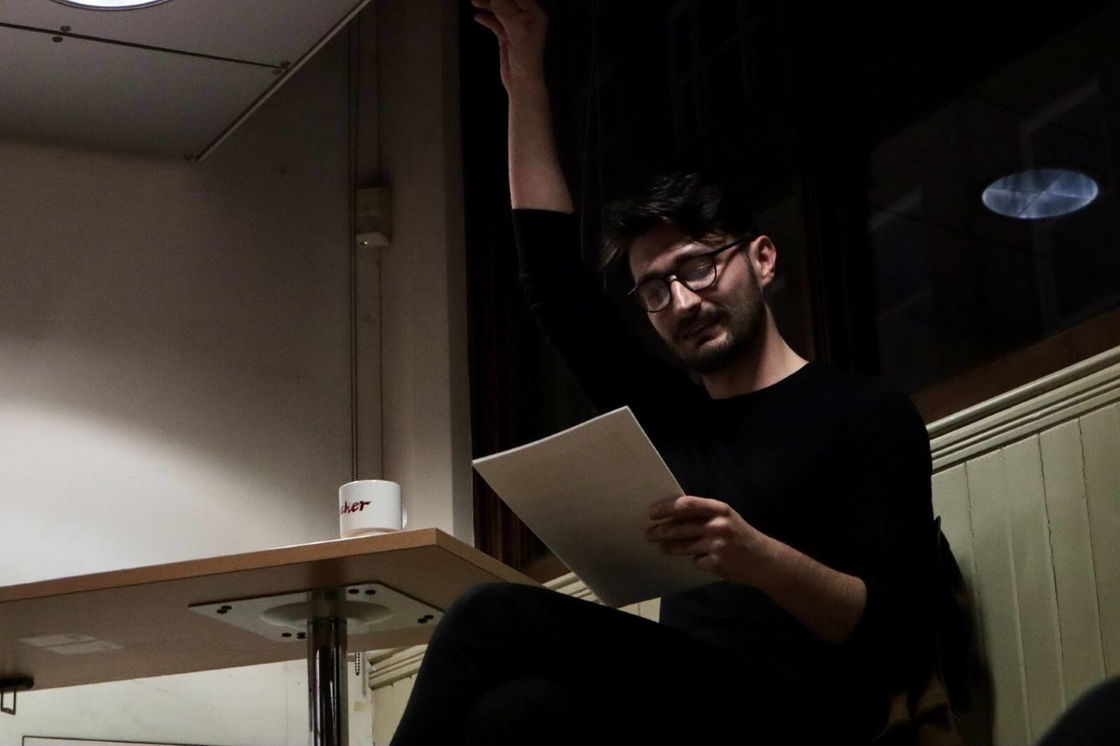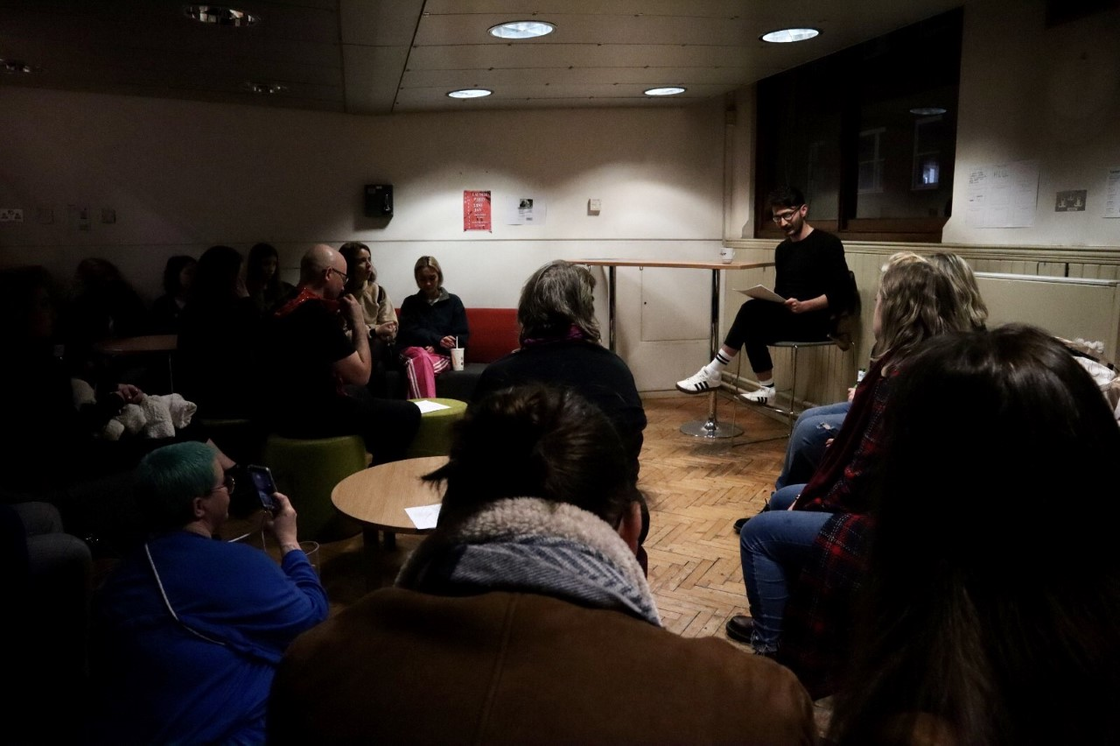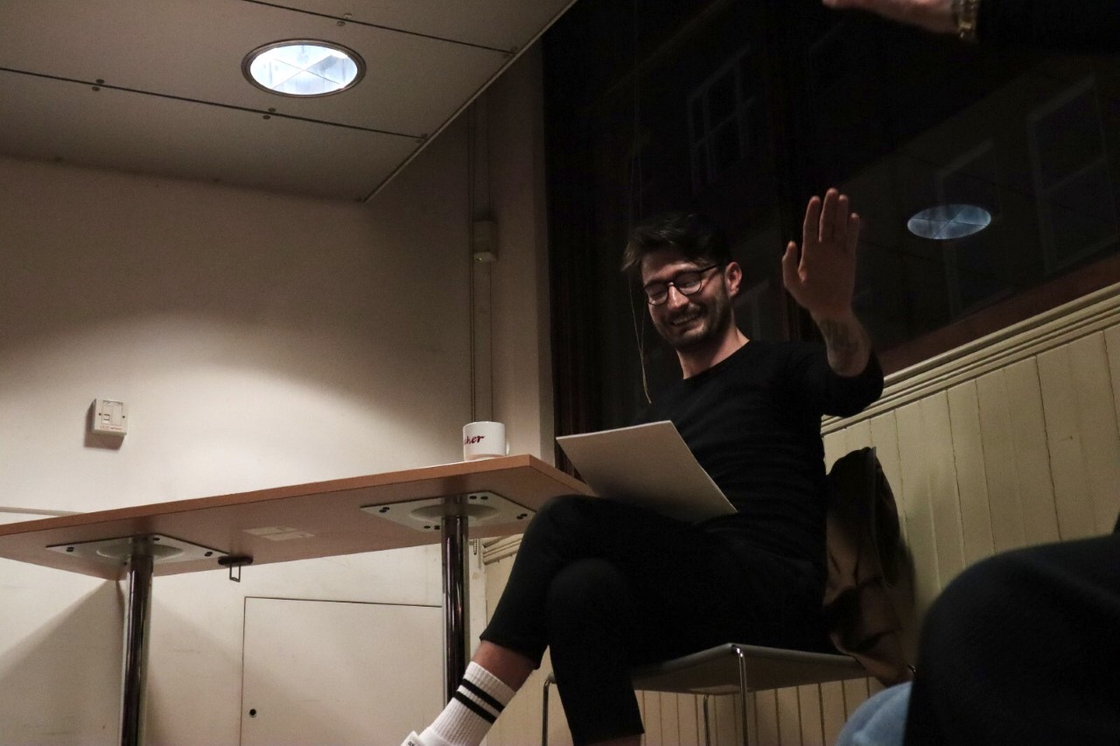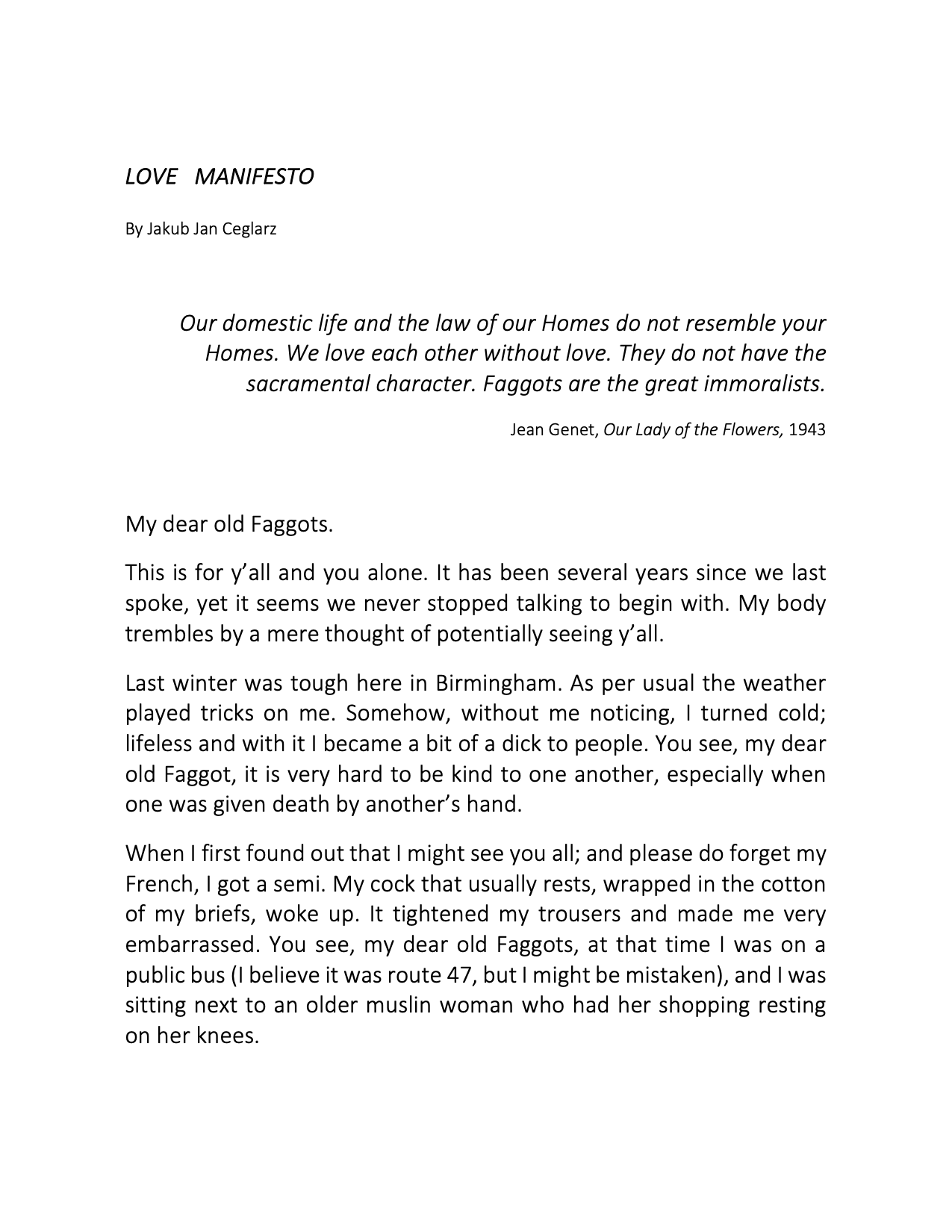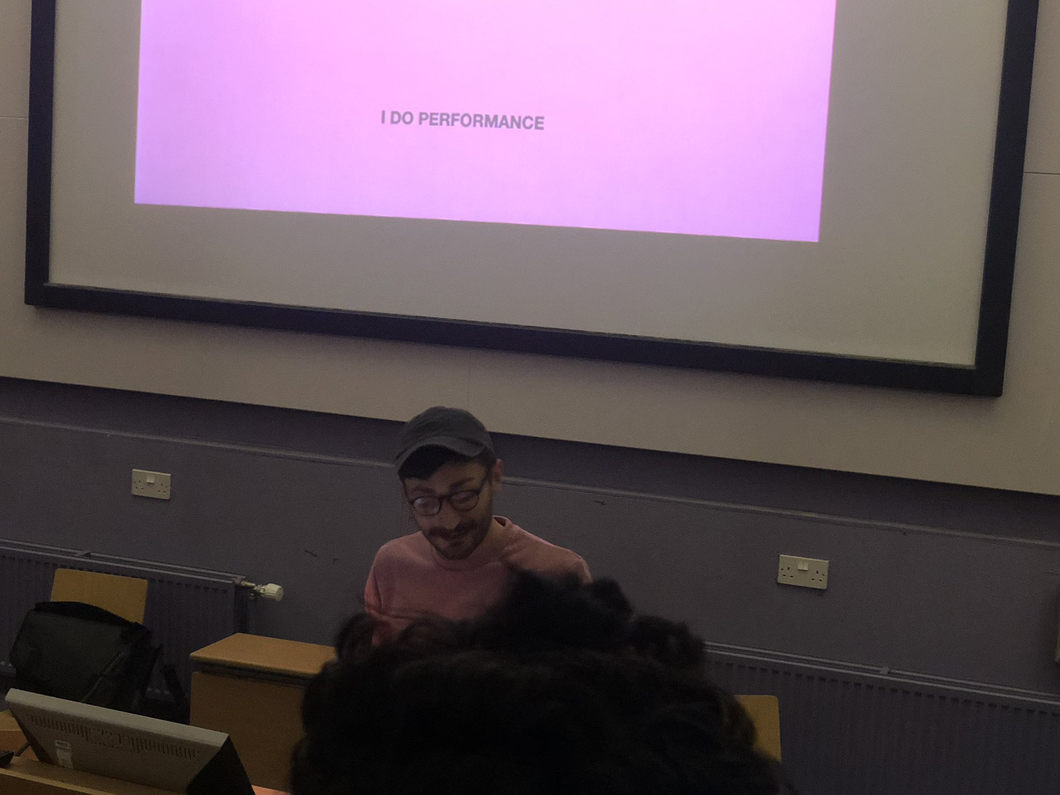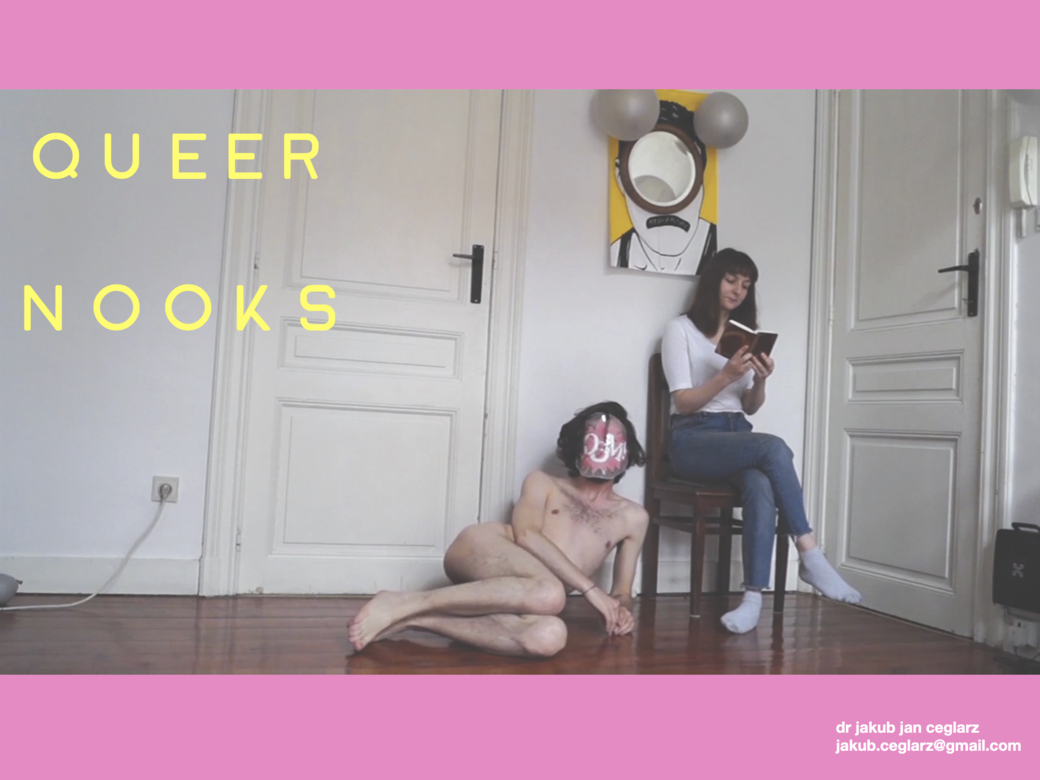There is a sad gaiety in our love.
Jean Genet, Our Lady of The Flowers, 1943
(They) interlock their muscles in the precise connections offered by the muscles of the other, and drop to the mat until their warm sperm spurts high and maps out on the sky a milky way where other constellations that I can read take shape (...) Thus, a new map of the Heavens is outlined on the wall of Divine's garret.
Jean Genet, Our Lady of The Flowers, 1943
As a mode of reparative criticism, erotohistoriography honors the way queer relations complexly exceed the present, insisting that various queer social practices, especially those involving enjoyable bodily sensations, produce forms of time consciousness—even historical consciousness—that can intervene into the material damage done in the name of development, civilization, and so on. Within these terms, we might imagine ourselves haunted by bliss and not just by trauma; residues of positive affect (...) might be available for queer counter- (or para-) historiographies.
Elizabeth Freeman, Time Binds: Queer Temporalities, Queer Histories, (2010)
PEEP@STRYX RESIDENCY (2020)
funded by ACE and Birmingham City Council
Through this on-line (due to Covid-19) residency programme with artist-run Stryx Gallery in Birmingham, I deployed artwork developed during this research in the context of 'working from home'. I used my garden to create a dwelling that contained and reframed my work. I also developed further my research by focusing on practices of embroidery and ceramics. I also series of live streams titled "Needle me this" (Instagram), in which participants could join me as I worked on embroidering a detailed image of the penis.
Workshop Adoring of Home, part of Peep@Stryx Residency (2020)
This workshop explores the idea of what home is, and what it can be. In this workshop, I asked participants to write a love letter to home. Think of it as a way of saying thank you to the roof over your head as it keeps you safe during lockdown!
Workshop funded by ACE Emergency Fund and Birmingham City Council
Through Love Manifesto, I do not try to create a general and universal understanding of love, rather I argue the matters of love, not as a gift to be bestowed, nor as a coagulated object of contemplation.
In my work, instead, I want to attune to the logic and materiality that practices of love and care can produce – in case of Love Manifesto - the grease, the excess and the nourishment – and how through these matters we understand queer forms of love; an episodic (yet sustainable), disjointed (yet visible) and disorientating (yet attuned). Through Love Manifesto, I focus on enactments and materialities of queer love.
Presentation of research at Glasgow School of Art
Queer Materiality (should be "materialities" right?)
(October, 2019)
Presentation of research at "Private Life" conference, University of Edinburgh
Queer Nooks
(June, 2019)
Following the exhibition LOVE at Lab 155, Bologna that featured artworks developed through research on the relationship between queer sexual practices and the experience of a domestic space of a home, I was invited to present my research at Glasgow School of Art focusing on the context of a performance piece Love Manifesto. This piece explores the possibilities of queer matters as emerging from artistic research, which enable radical notions of practices of interruption, diffraction and wearing. First is the Crisco Method, as emerged through the reading of the description of a 70’s gay fisting club by Gayle R. Rubin in her text The Catacombs: A Temple of the Butthole (2011). Crisco Method refers to the sexual, and pleasure-driven way of bringing things into contact, by sliding into a slippery encounter that could not or should not be possible, to begin with. The second instance, a Faggot Matter deals with the form of an encounter (Johnny Golding, Friendship, 2018 and Elizabeth Freeman, Time Binds – Queer Temporalities, Queer Histories, 2010) that challenge bodies to renegotiate themselves in relation to the practice of the self (Michel Foucault, Society Must Be Defended, 1976). Third – palimpsestuousness; a queer entanglement of sorts that emerged from the reading of Karen Barad’s concept of intra-actions and diffraction (2015) and proposes a form of weird multiplicity; a belonging-together-apart, that cannot be subjected to the normative forms of forming sense by processes of revealing and confessing.
Click the image for presentation slides
In this presentation, I discuss and screen parts of my series of art films called HETEROTOPIAS (2014-2016). Throughout those films, I document, perform and embody the space in which domesticity, homemaking and sex practices entangle. Making them allowed me to develop an argument around the questions of how we can understand the relationship between queer sexual practices and domestic environment and how we can use that relationship to produce a different sense and a different experience of the space of a home. This emerged from reading Gayle R. Rubin’s text, The Catacombs: A Temple of the Butthole (1991) and Don Anderson’s The Force that Through the Wall Drives the Penis: The Becoming and Desiring-Machine of Glory Hole Sex (2016). In both texts, we can observe how the private/public dichotomy is disrupted by queer sex practices and how it leads to the creation of a certain type of spatiotemporality, which challenges hierarchies and produces a wet, greasy and sensual matter of knowledge. This presentation looks at the ways of thinking and practising this type of spatiotemporality by referencing the artistic practices of Gustave Caillebotte (1884) and of artistic duo Lovett/Codagnone (2004) and how their artworks produce a similar sense of queer disorientation in the relationship of private/public spaces.
Click the image for presentation slides
